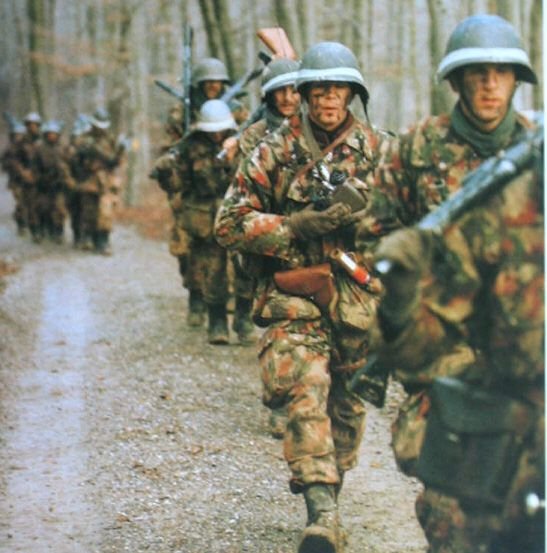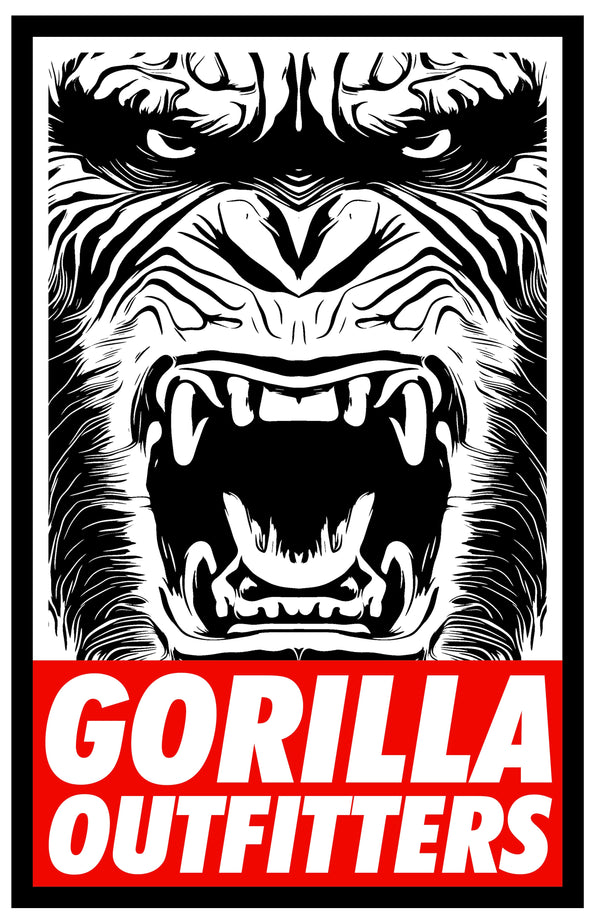
The History of Swiss TAZ 57 Camouflage
Share
The History of Swiss TAZ 57 Camouflage: A Cloak of Innovation
Swiss camouflage has a rich and storied history, punctuated by ingenious designs and practical applications. Among the standout patterns is the TAZ 57 camouflage, renowned for its effectiveness and unique aesthetics. Developed in the late 1950s, the TAZ 57 pattern marked a significant departure from traditional camouflage designs, incorporating bold shapes and colors to blend seamlessly into various terrains.
Origins and Development
The TAZ 57 camouflage pattern emerged during a period of innovation within the Swiss military. Developed in 1957, the pattern was designed to provide effective concealment for soldiers across diverse landscapes, from alpine forests to urban environments. The name "TAZ" itself stands for "Tarnanzug," which translates to "camouflage suit" in German, reflecting its primary function.
Design and Characteristics
What sets the TAZ 57 pattern apart is its distinctive geometric shapes and contrasting colors. Unlike traditional camouflage patterns, which often mimic natural elements like foliage or terrain, TAZ 57 features irregular polygons in shades of green, brown, and black. This unconventional design was based on the concept of disruptive camouflage, which aims to break up the outline of an object and confuse the observer.
Military and Civilian Use
Initially adopted by the Swiss military, the TAZ 57 camouflage pattern quickly gained recognition for its effectiveness in concealing soldiers and equipment. Its versatility and adaptability made it suitable for a wide range of environments, earning it a reputation as one of the most versatile camouflage patterns of its time. Beyond its military applications, the TAZ 57 pattern has also found its way into civilian use, particularly among outdoor enthusiasts and hunters who value its blend of functionality and style.
Legacy and Influence
Though no longer in active service, the legacy of the TAZ 57 camouflage pattern endures through its influence on modern camouflage design. Its bold aesthetic and innovative approach have inspired subsequent generations of designers to push the boundaries of traditional camouflage, leading to the development of new patterns and techniques. Today, the TAZ 57 pattern serves as a testament to the ingenuity and creativity of Swiss camouflage design, reminding us of the ongoing quest to achieve optimal concealment in an ever-evolving world.
Incorporating elements such as the iconic M70 camouflage field jacket, camouflage cargo pants, and the revered M83 field jacket, the TAZ 57 pattern stands as a pinnacle of Swiss military innovation, leaving an indelible mark on the world of camouflage.
